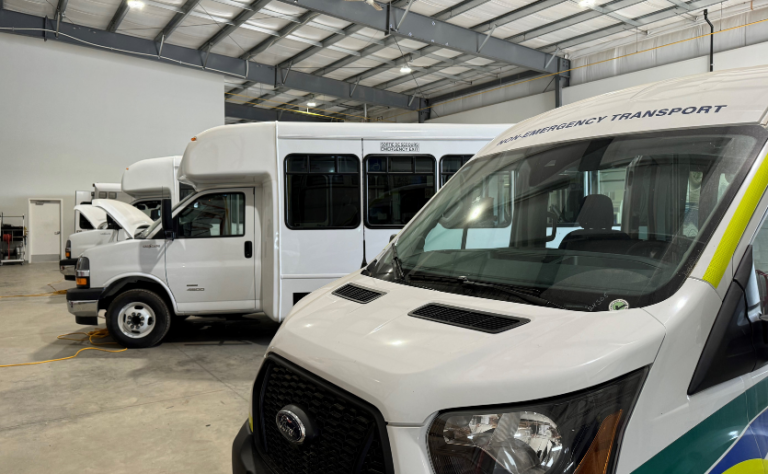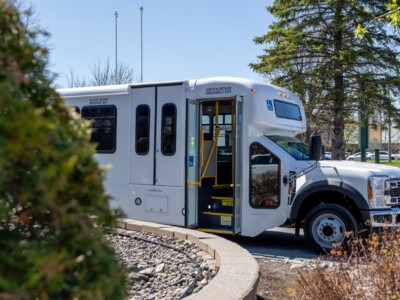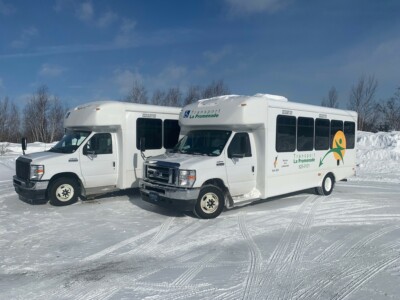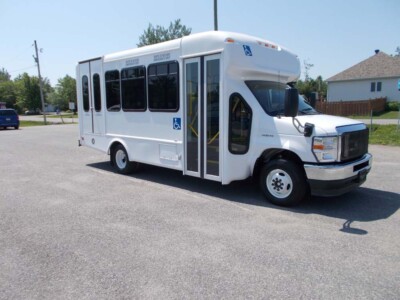Following a routine maintenance schedule is essential to keep your bus running smoothly and reliably over time. Regular checks help catch minor issues before they become expensive repairs, ensuring your bus stays on the road longer. Here’s a summary of the recommended maintenance tasks based on time intervals and usage hours.
2-Month or 350-Hour Maintenance
- Driver’s Seat, External Lamps, and Reflectors: Inspect the driver’s seat for security and adjustability, and ensure all external lights and reflectors are functioning correctly.
- Fluid Lines and Steering Components: Check all fluid lines for leaks or wear, and inspect the steering linkage, column, shaft, and gearbox for any issues.
- Exhaust System and Heat Shield: Examine the exhaust system for damage or leaks and ensure the heat shield is securely in place.
- Brake System: Check the brake linings, drums, and rotor conditions to ensure optimal performance.
- Drive Shaft Guards: Inspect drive shaft guards for damage or wear.
3-6 Month or 700-Hour Maintenance
In addition to the tasks from the 2-month interval:
- Passenger Seats and Luggage Racks: Ensure all passenger seats are securely fastened and check luggage racks for stability.
- Underbody Inspection: Conduct a thorough inspection of the underbody to detect any rust or damage.
- Front Shocks: Examine the front shocks for wear and performance issues.
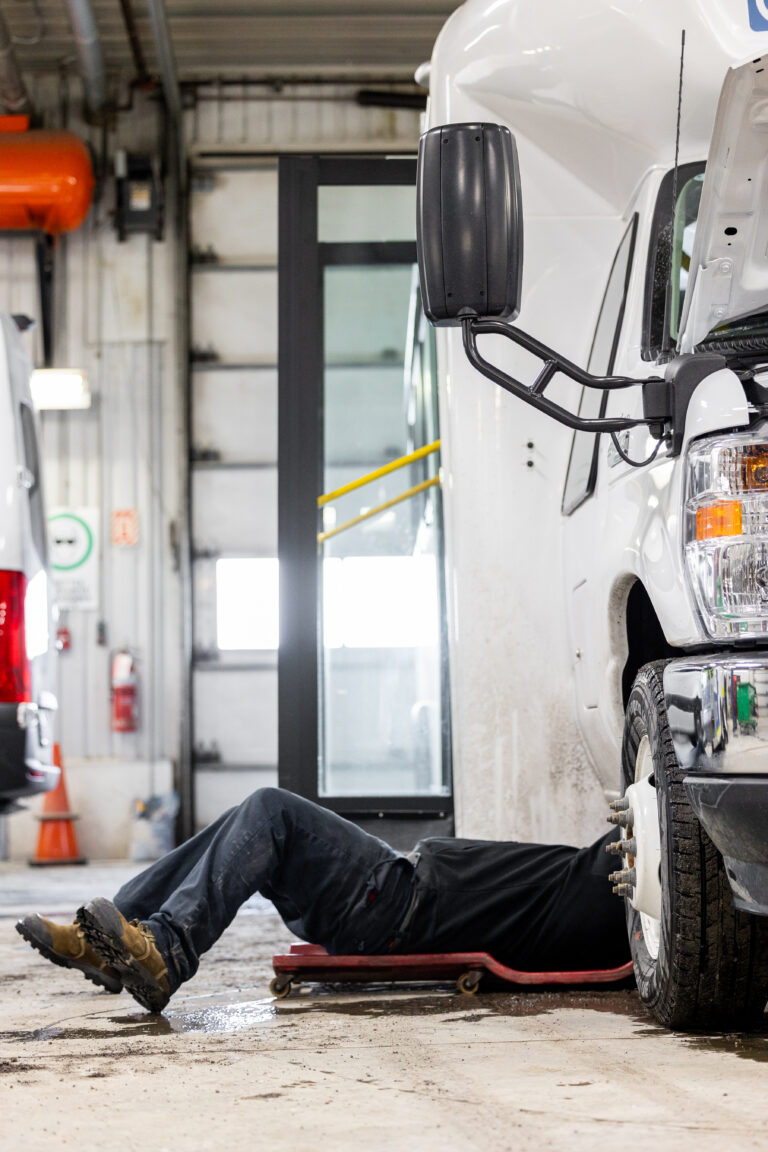
8-12 Month or 1050-Hour Maintenance
Building on the previous maintenance steps, include:
- Rear Shocks: Check the rear shocks to ensure they are working properly.
- Axle and Mounting: Inspect the axle and its mounting for any signs of wear or loosening.
- Tire Pressure: Check tire pressure and adjust as needed.
- Transmission: Conduct an exterior inspection of the transmission for any fluid leaks or visible damage.
14-18 Month or 1400-Hour Maintenance
At this stage, the maintenance should include:
Bumper Brackets and Mounting Bolts: Ensure all bumper brackets and bolts are secure and undamaged.
20-24 Month or 2100-Hour Maintenance
After nearly two years of operation or the equivalent in hours, you should:
- Wheel Studs and Nuts: Inspect for damage and ensure proper torque on the wheel studs and nuts.
- Rims: Examine the rims for any cracks, dents, or other signs of wear.
- Fuel System (Diesel): For diesel buses, check for water in the fuel system, inspect filters for dirt, and clean or replace them as necessary.
- Cooling System: Inspect the cooling system, checking for leaks or inefficient operation, and ensure all components are functioning properly.
Why This Maintenance Schedule Matters
Following this maintenance schedule based on time intervals or operational hours is essential for the long-term health of your Forest River bus. Consistent inspections and preventive care can help avoid unexpected breakdowns, extend the life of your vehicle, and ensure the safety of both drivers and passengers. Whether it’s checking the brakes or inspecting the underbody, each of these tasks plays a vital role in keeping your bus in top condition. At Crestline, we understand how important it is to keep your vehicles running smoothly, and we are here to help you every step of the way. Our team is ready to assist in scheduling these maintenance checks, ensuring a hassle-free experience so you can focus on what matters most—running your business with confidence.

